Merida recently launched an updated version of its enduro-focussed electric mountain bike, the eONE-SIXTY.
The 160mm travel bike received a new frame for 2020, with Merida integrating the new Shimano BT 8035 battery into a carbon front triangle — previous versions were alloy, with the battery semi-integrated on top of the down tube.
The other significant change is the use of mixed wheel sizes: 29x2.5in up front and 650bx2.6in at the back. Merida says this is to benefit from the roll-over capability of the bigger front wheel while retaining a shorter back end for nippy handling. It also Merida's able to use the same alloy rear-end as the previous generation bike.
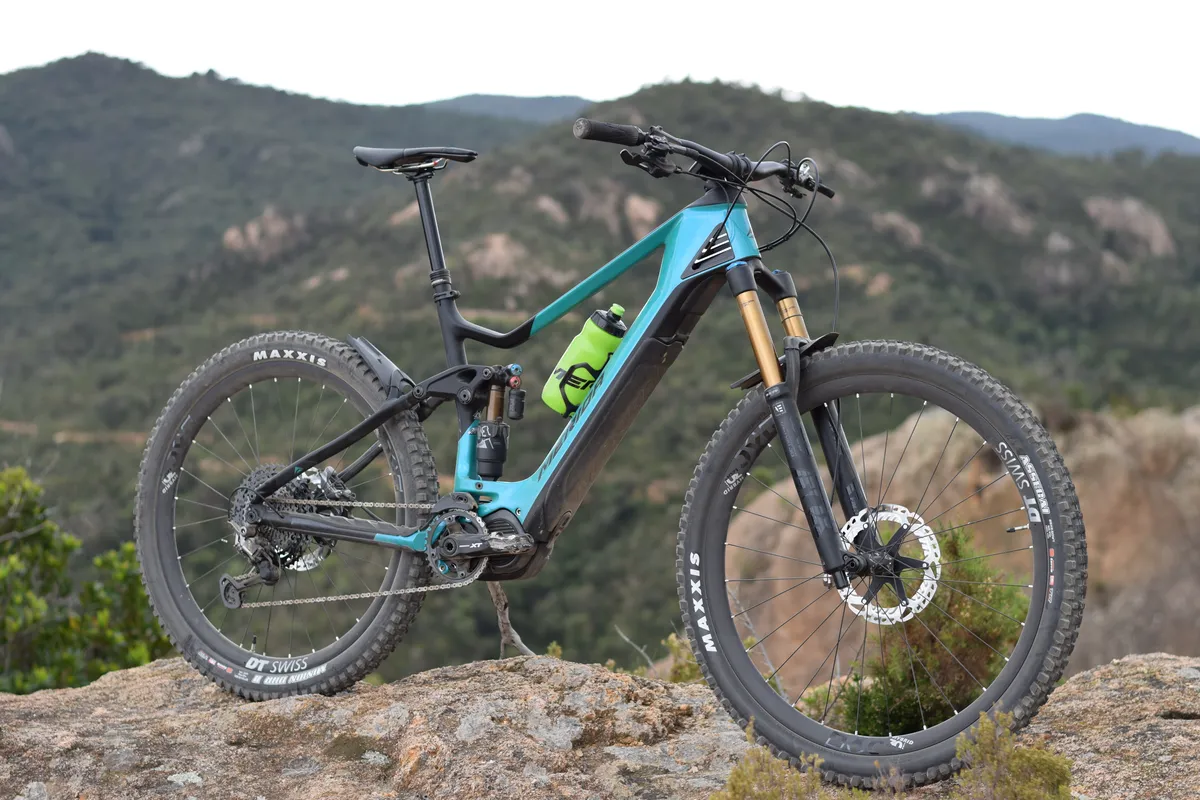
The Merida eONE-SIXTY frame
Integration is the name of the game here, and the Shimano battery has a sleek integration into the down tube. The battery is accessed via an easily removable door under the tube; release a rubber tag, slide the door towards the head tube and it comes away easily.
The battery is then released with a 4mm Allen key and clip — handily there's a key secreted neatly into the rear axle.
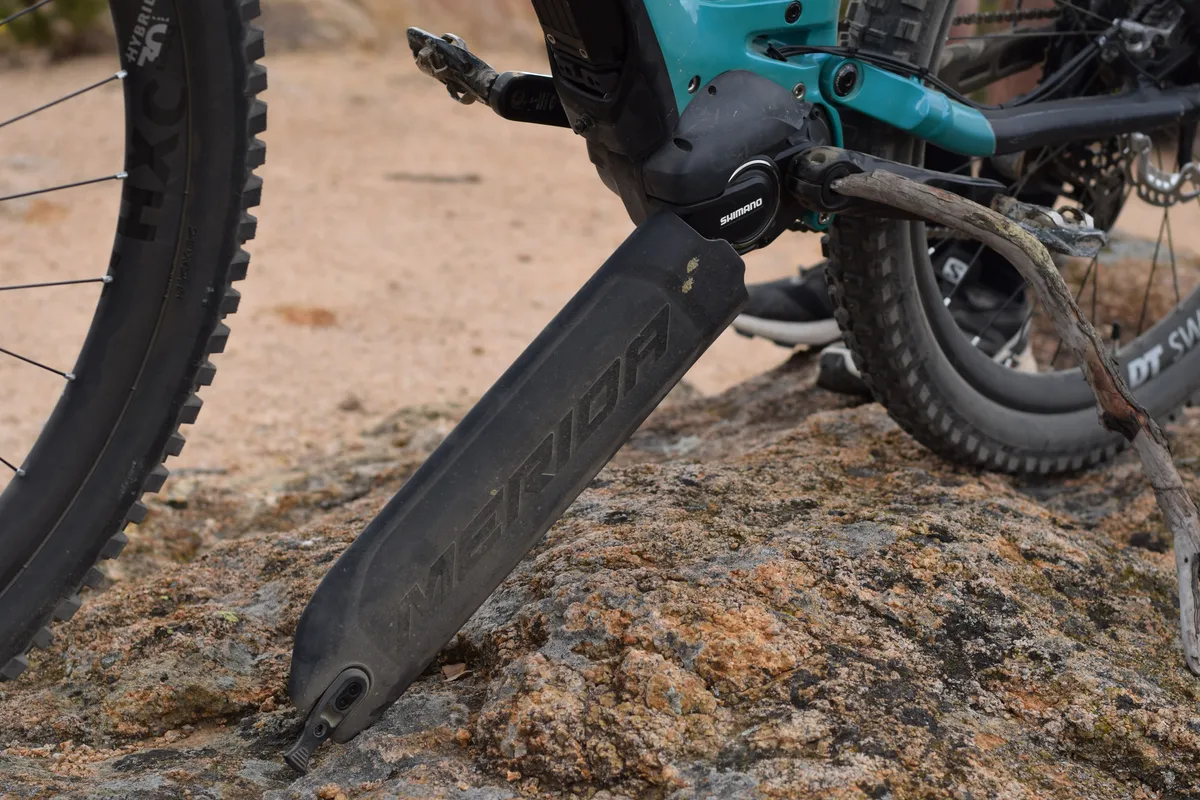
Charging the battery can be done with the battery still installed, and the on-off button is located on top of the top tube for easy use.
Around the head tube/down tube junction is what Merida calls the Thermo Gate, which is effectively venting for the down tube where the battery is to help prevent overheating. You'll also find an Internal Block System to prevent the fork rotating too much in a crash.
In use I find these a touch frustrating, especially for bike storage where you might want to have the front wheel out and bars turned, however, there's more freedom of movement than with Trek's Knock Block, and a damaged frame overall would be worse.
The frame's geometry is very middle of the road, and whether that bothers you or not is down to personal preference. The size Large I tested has a reach of 460mm, a head angle of 65.5 degrees, seat angle of 75.5 degrees, a 651mm stack and 1,238mm wheelbase.
Merida eONE-SIXTY kit
This top-end 10K model understandably comes kitted out with some top-end parts.
Suspension is handled by Fox, with an e-bike specific Factory 36 160mm fork. This has the GRIP2 damper and a stiffer chassis to cope with the extra loads an electric bike can potentially bring. At the back there's an X2 shock with a custom tune for Merida. Both fork and shock offer high- and low-speed compression and rebound damping.

Save for the XT cranks, Shimano's new 12-speed XTR groupset is provided with the 10-51t cassette at the back, mounted to DT Swiss hubs at the centre of the XMC 1200 Hybrid carbon wheelset. These are wrapped in Maxxis tyres with a 29x2.5in Assegai up front and a 650bx2.6in Minion DHR II at the back. Both have the new EXO+ casing, which is tougher than the standard EXO casing.
Braking is taken care of by a pair of Shimano XTR four-pot brakes. Merida has spec'd Shimano's under-bar dropper remote to actuate its own dropper post (170mm, size L), enabled thanks to the use of the unobtrusive SW-7000 motor controller, which sits at the end of the grips.
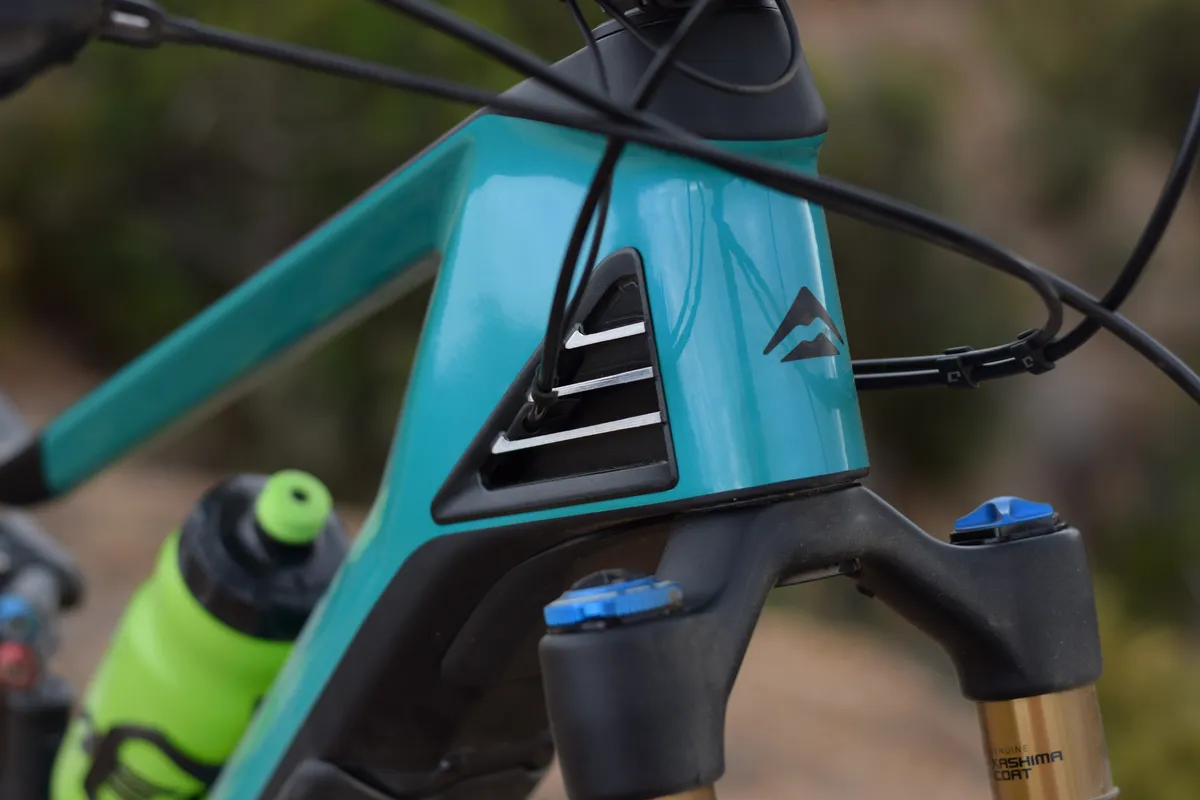
Finally, Merida seems to be unique in offering the 10k model with a second battery. These often retail at well over £600, so it helps to make the £9,500 price tag a little more 'friendly'.
This battery is accompanied by an Evoc FR Trail E-Ride backpack, which has a padded carrier for the said second battery, located centrally next to the pack's back protector.
Merida eONE-SIXTY ride impressions
When the previous eONE-SIXTY was launched in 2016 it gained plenty of fans, largely thanks to its excellent rear suspension and, to a point, the shape of the bike. It was one of the best e-enduro bikes around at the time.
This generation's rear suspension is largely the same, and thus its performance on initial impressions, at least, is still up there with the best.
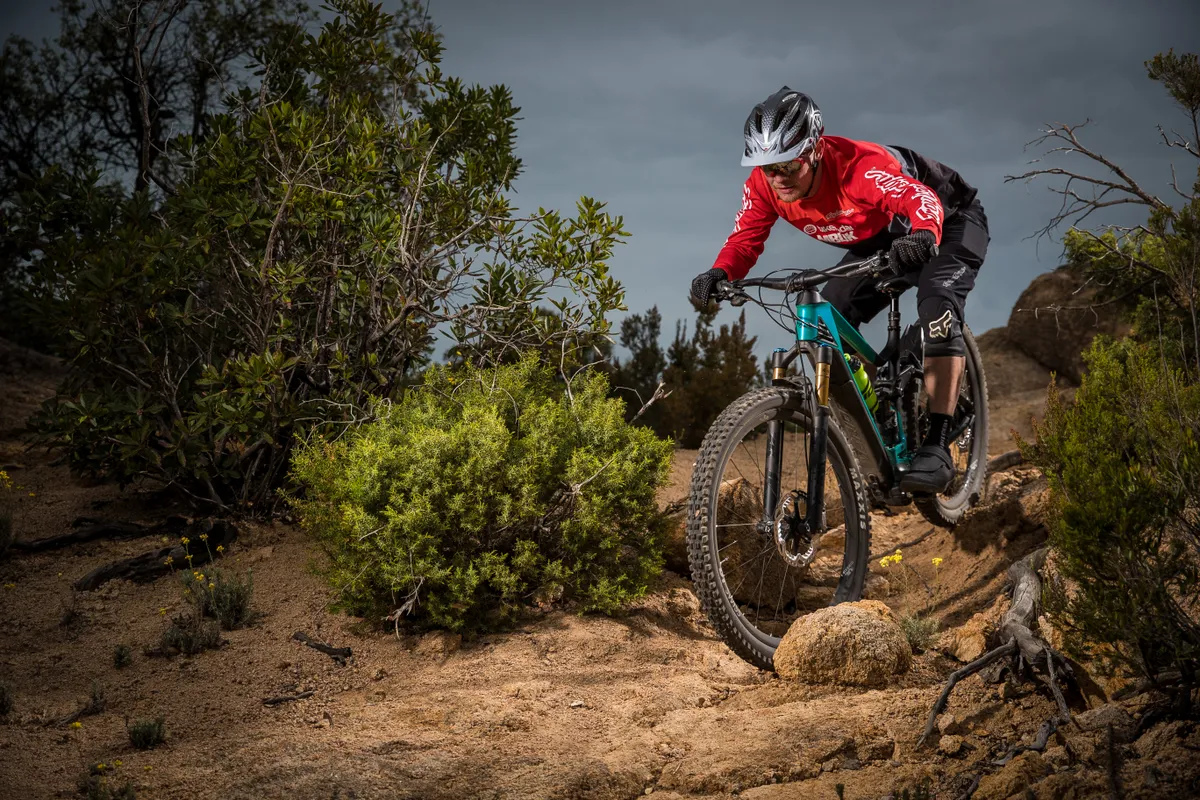
Early in its stroke the suspension is supple, not only boosting comfort over smaller stutter bumps, but also helping the Minion DHR II to maintain plenty of traction. This is obviously a benefit on descents, but also on climbs, where the levels of traction seemed very impressive on my test loop, which included both incredibly steep rock pitches and plenty of loose sandy trails too.
I wouldn't say at the moment that the mid-stroke of the suspension has masses of support, however the bike felt very composed in the mid-range of its travel. Over repeated hits, the bike was able to recover quickly, never packing down into its late stroke unnecessarily.
This, again, boosted control on the rougher tracks I rode during testing. I didn't face a huge number of compressions or fast berms, to fully assess just how much support there was though.
On climbs, the motor's assistance inevitably starts to mask some elements of mid-stroke wallow, as it was rare that I was putting sustained sprints in during testing. However, it never felt unduly wallowy.
Finally, on bigger hits, there appeared to be plenty of control when the suspension's travel limit was reached. I had one unsightly clunk as I hit a drop on to a load of roots, but that's easily forgivable.
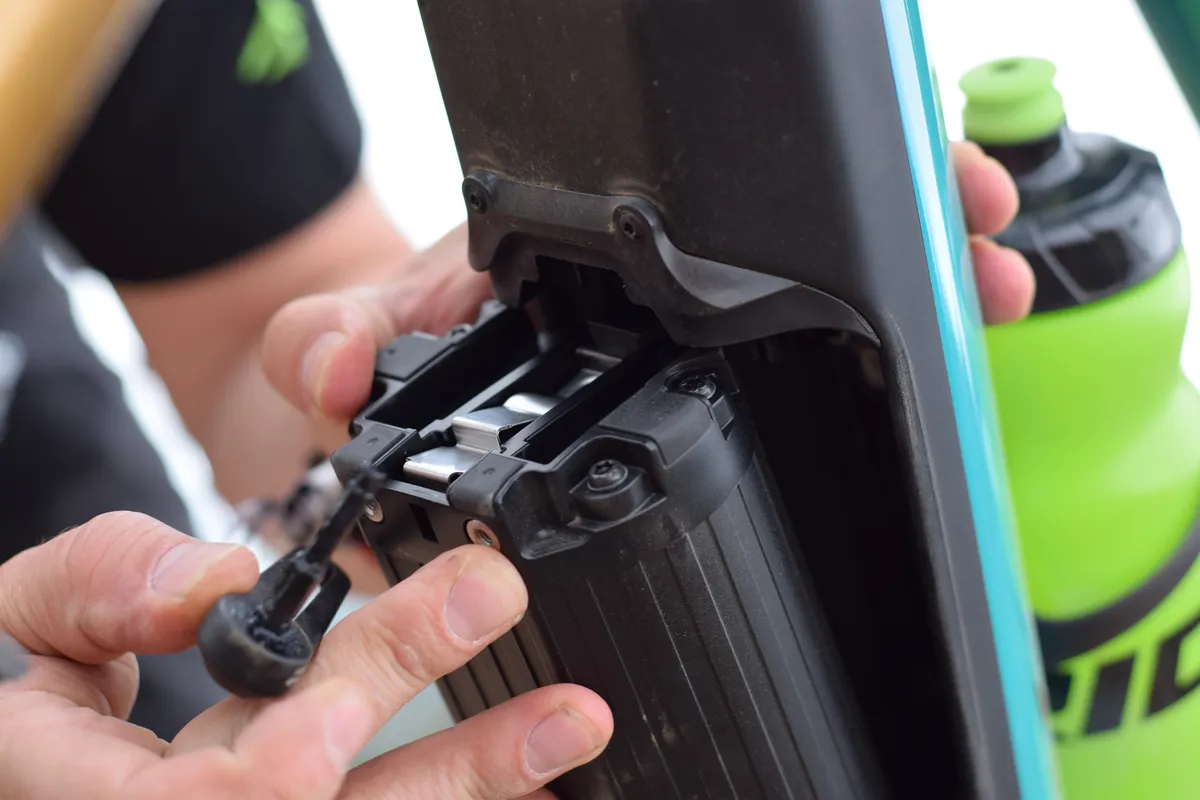
A 460mm reach a few years ago would have been considered fairly average for a bike with this travel and potential nature. However, I feel that with 160mm of travel on offer, Merida could have been more generous with its frame tube lengths. An extra 10-15mm would help make the most of the fairly slack head angle, and may have also helped keep the front wheel better weighted.
My main concern with the bike, especially on flatter, looser trails, was that at times I struggled to keep the front wheel nicely planted. Likewise, on steep climbs I found the front more prone to wandering than I might have expected.
There are a number of potential reasons for this feeling, which could be better explored with a longer test, but the 'feeling' was that the front end felt a touch high for my tastes and riding style. Again, with time, it would be feasible to adjust to this.
In terms of kit I had very little to complain about. The suspension was great, though I ran both fork and shock almost fully open. The integration of the Shimano battery and its controllers is also impressive, making life that little easier.
